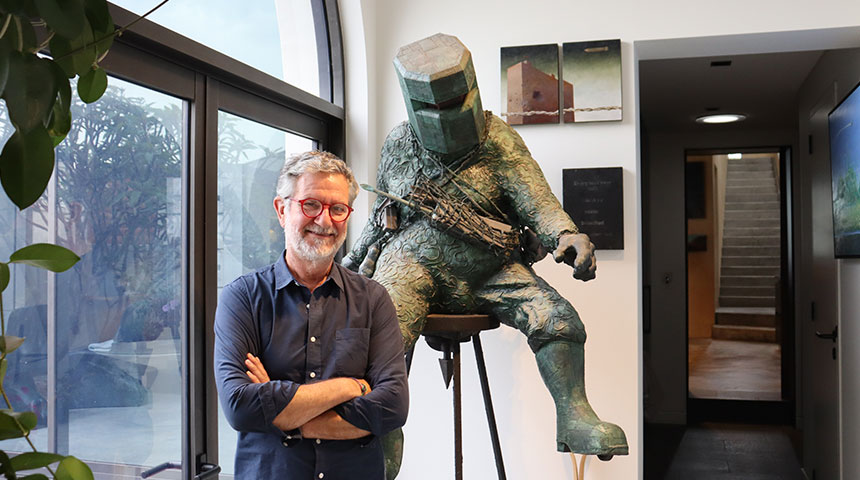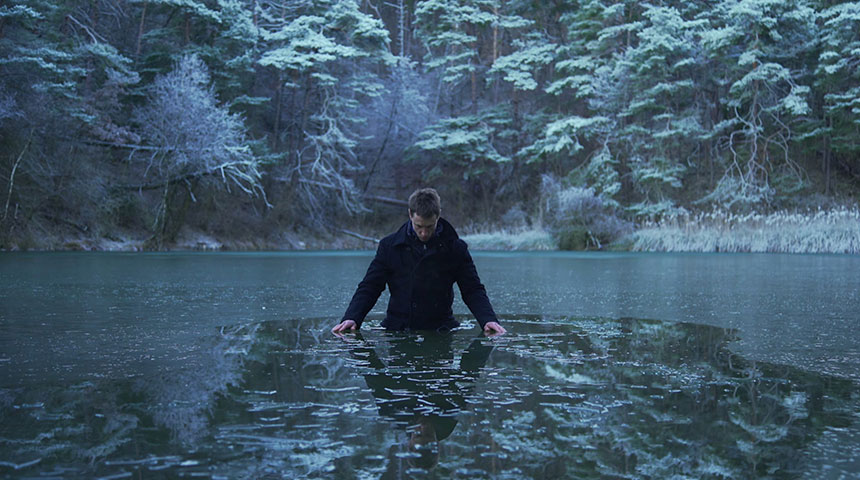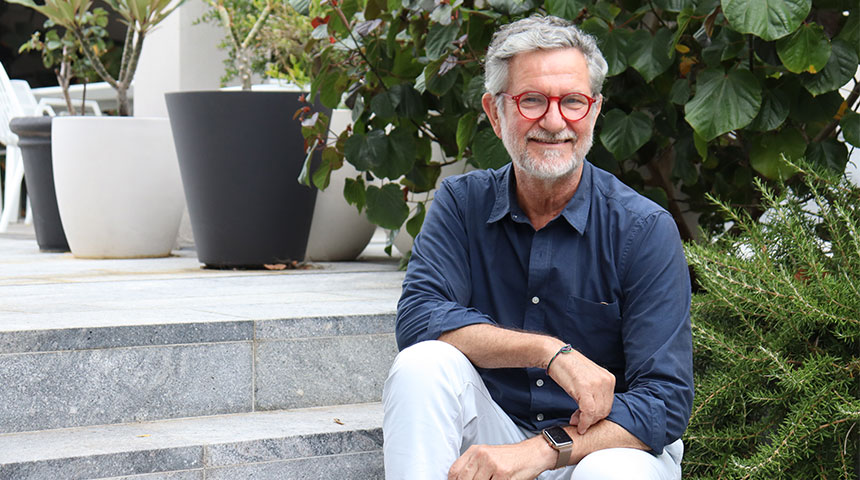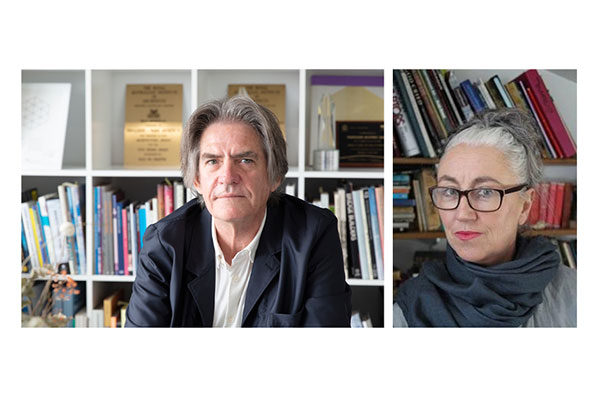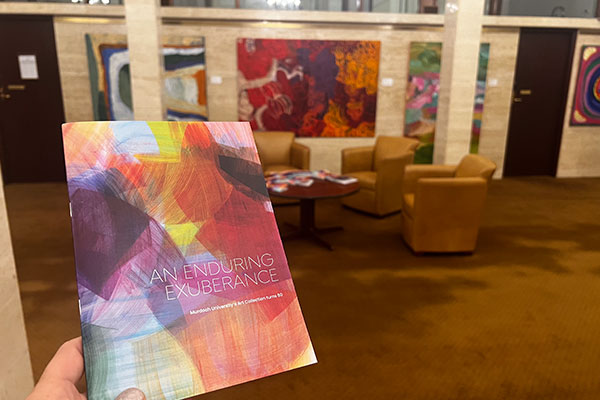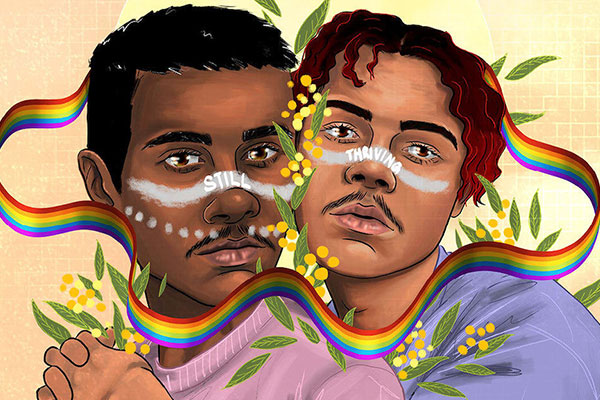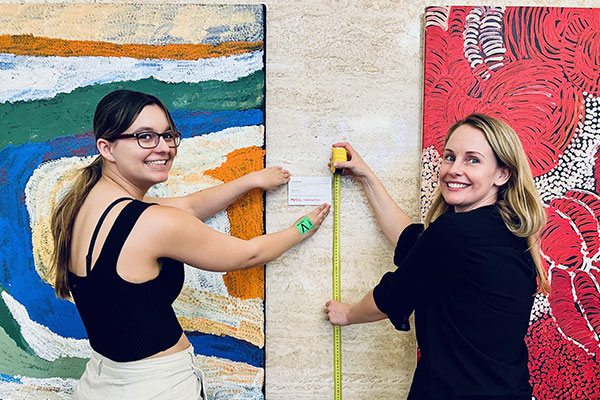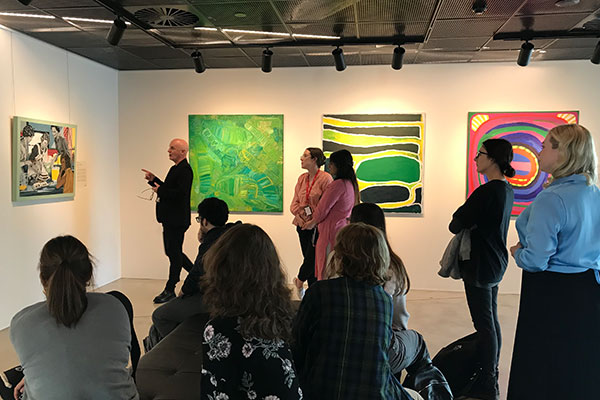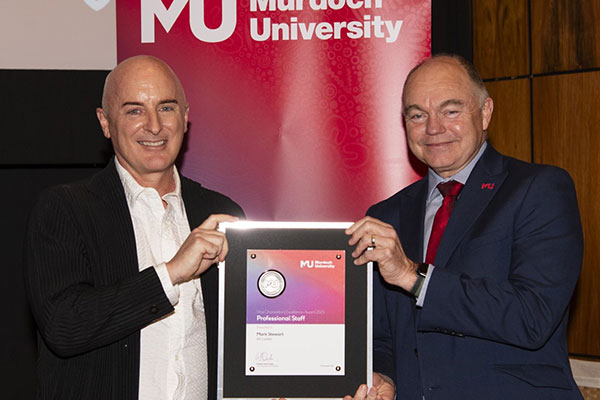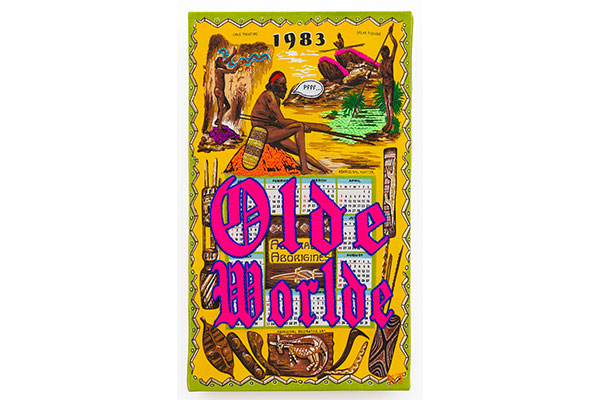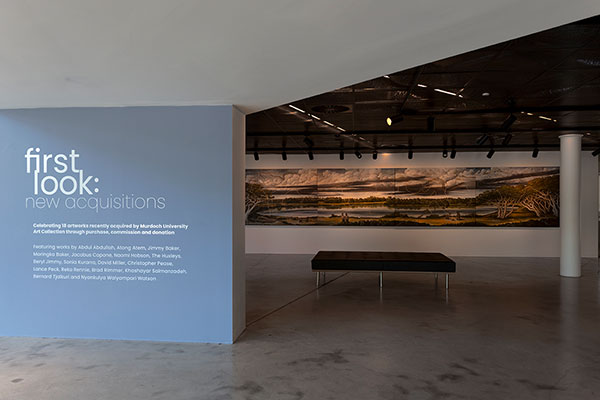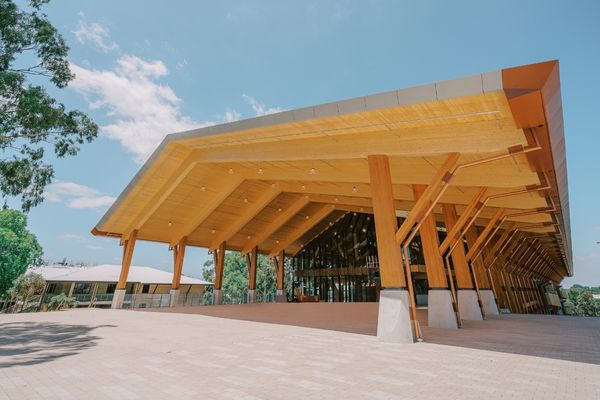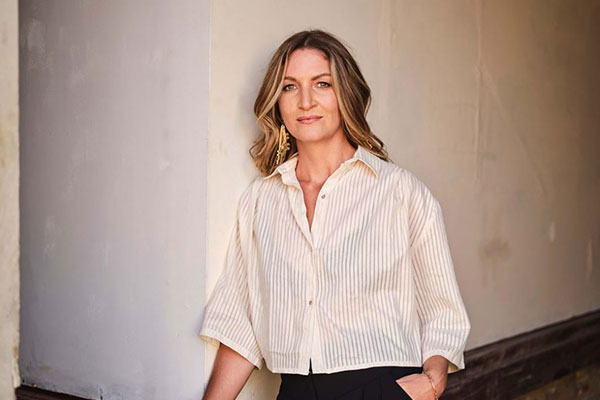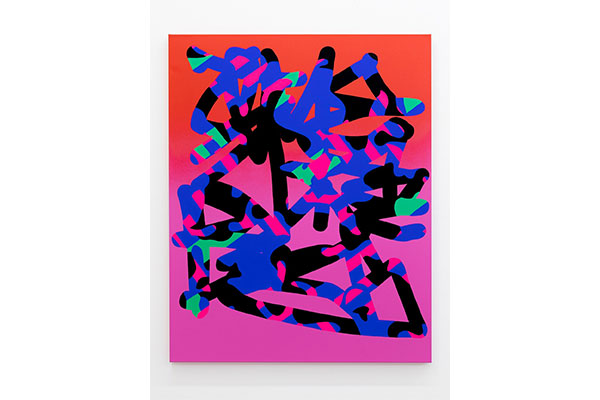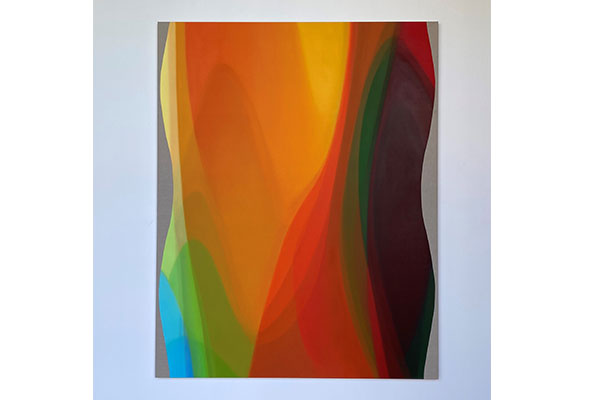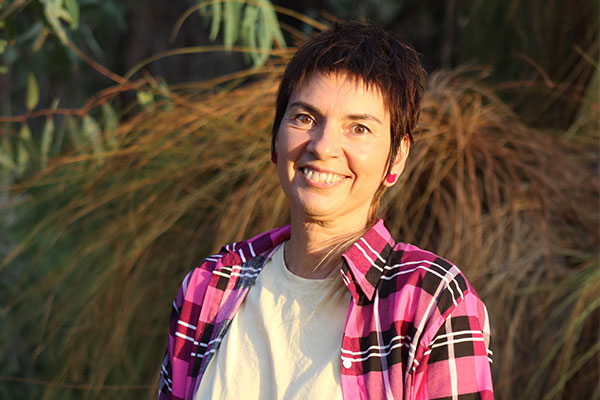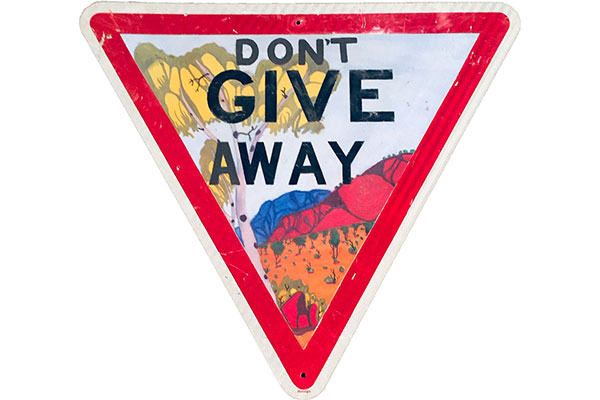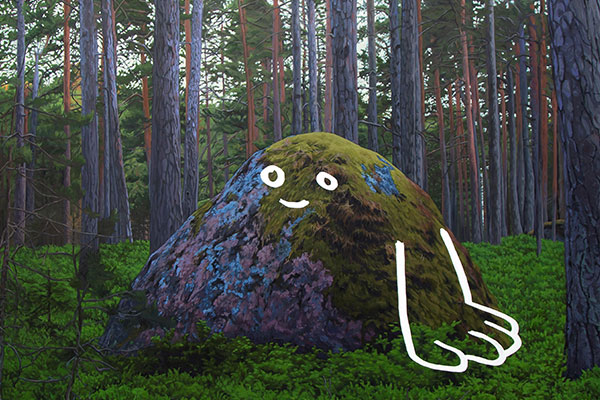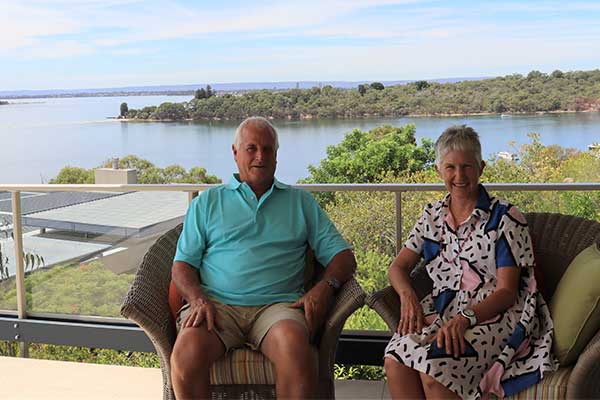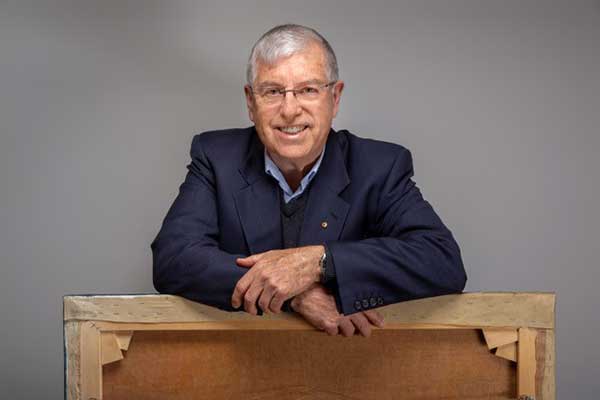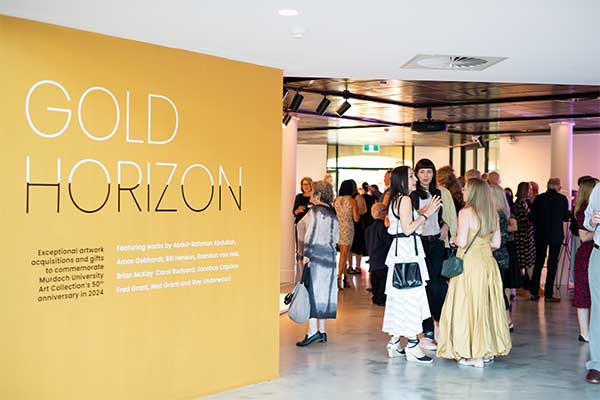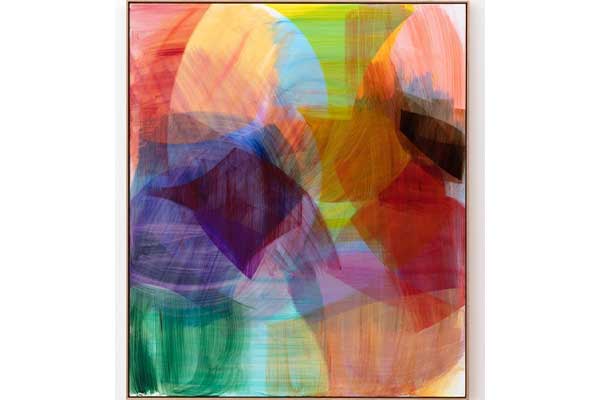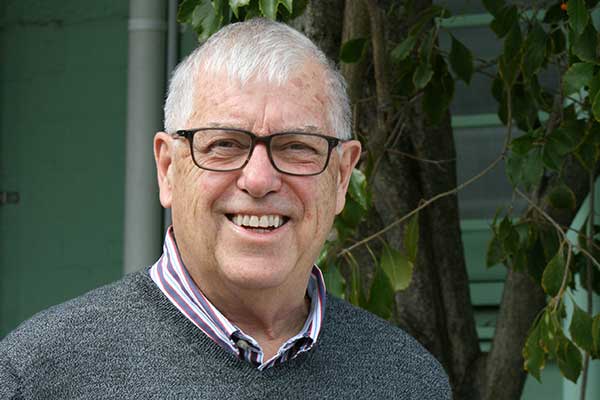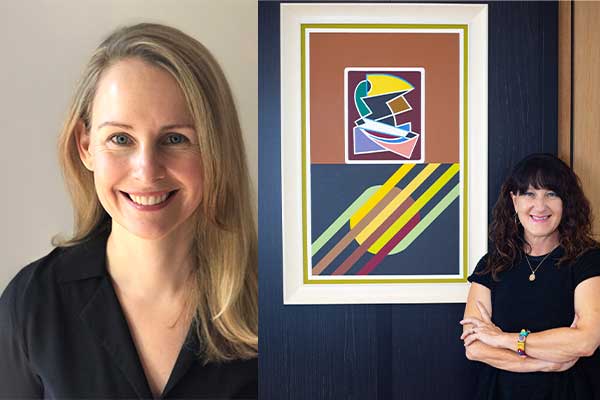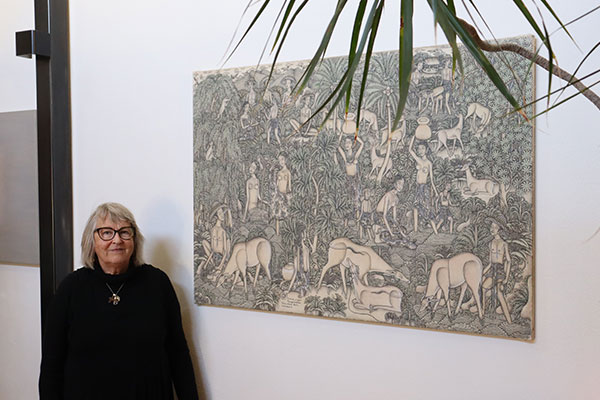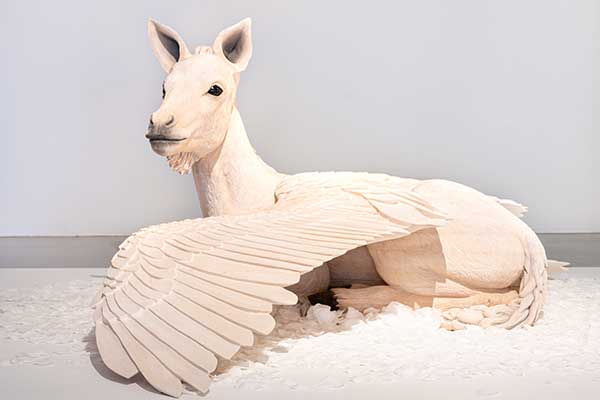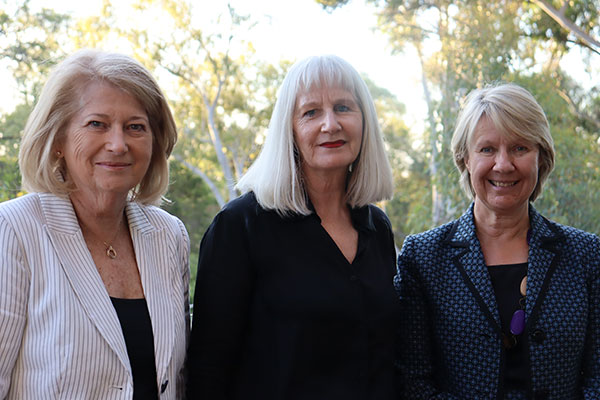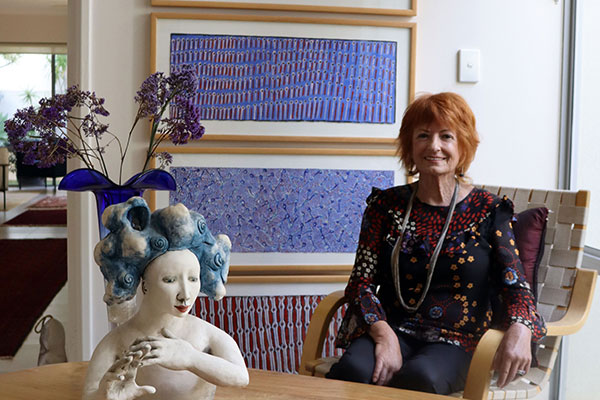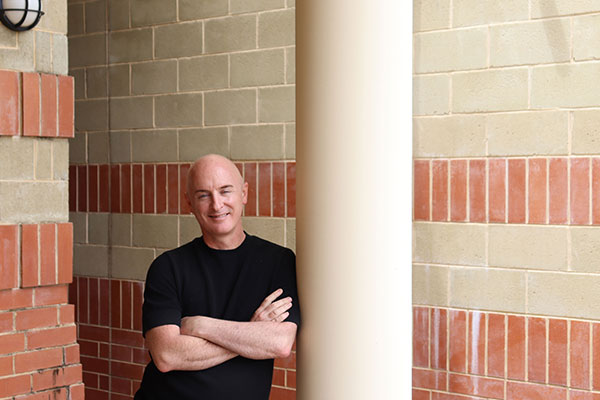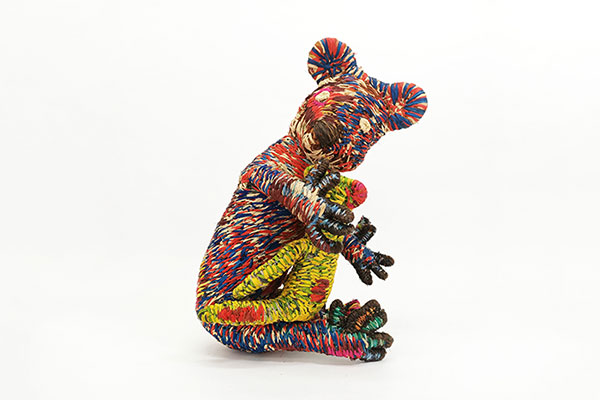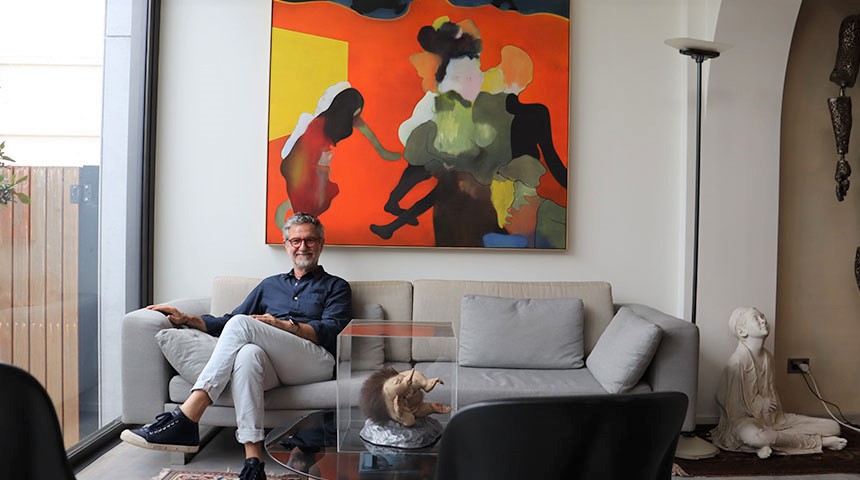
An insight into the life of art patron Marco D'Orsogna.
It was a trip to Italy in his teenage years that was a key catalyst for Marco D’Orsogna, shifting his initial passion for music towards a love and appreciation of fine art. Marco had been a studious learner of the piano from the age of seven, but overseas trips began to broaden his horizons away from the keyboard. Just under fifty years on, that first jaunt has resulted in an enviable collection of contemporary art.
Born in Perth to Italian parents, Marco’s father came out to Australia in the 1930s and went through internment during the second world war. After a brief period back in the Abruzzo region of Italy, where Giovanni met his wife, Diva, he came back to Perth and set up the famous smallgoods family business in the 1940s.
As a child, Marco spoke Italian with his mother and English with his father, commencing his life as an ‘Italo-Australian’ as he and his sisters liked to jokingly refer to themselves. Initially, he grew up near Lake Monger, a stone’s throw from the original D’Orsogna factory. The family had a beach house in Cottesloe and every November the family would lock up the family home and head out to the coastal suburb to hang out until March. He lives in the same Cottesloe residence today, with contemporary art on every available wall and beautiful sculptures peppered throughout.
Marco went to school at St Louis which became John XXIII College in Claremont and before long he was immersed in the local art scene.
“Even though my dad was a businessman, he played the guitar, loved the arts and was instrumental in forming the WA Opera Company in the late 1960s, with my mum as a governess of the Opera. When I was eight, I would be taken to Her Majesty’s Theatre and saw the first productions of Carmen and I knew it by heart. I would be in the backstage area while they were rehearsing and having costume fittings. It was all very exciting, and I was lucky to see most of the classic operas through that period,” said Marco.
For a while it was unclear whether the family would return to Italy or stay in WA.
“We had a summer in Italy which we loved, but we didn’t enjoy the cold winter and wanted to come back to Australia. Plus, the business was going well here. At the time there was another family-owned cakes and confectionery business in Italy that was run by an uncle for years, but Perth was home, and we were happy to return.”
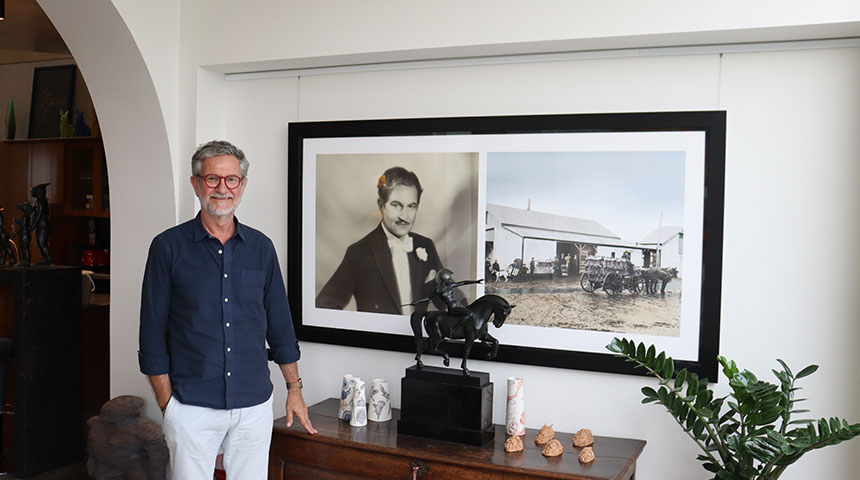
Above: Marco standing in front of Empire Builders (2016) by Tracey Moffatt
After school, Marco was encouraged to go to university and completed a degree at University of Western Australia. It was during this period that he feels his passion for the contemporary arts took hold. Most of his friends were at WAIT (now Curtin University) They were artists, graphic artists, designers, and photographers.
“Most of the group ultimately moved away. They went to Sydney, or Melbourne, or overseas and became artists, worked for magazines, or became fashion photographers and I would go and visit them. It was when I was on such a visit, to Sydney, that I bought my first significant artwork – one by Tony Clark. I bought it around 1988/89 through Roslyn Oxley. It was a big deal as it cost a fair bit and I didn’t have any money really in those days. I guess my sensitivity to art came through these people that I was hanging out with, plus I was reading a lot. Hundreds of books on art. I got into surrealism – Dali, Magritte etc. who we all thought were amazing.”
It was these early favourites that he feels still resonate through the work that adorns his walls today.
“You can probably see from my collection that in a kind of subtle way, they underpin what I have on display, because if I had to sum it up, I would say I am probably into neo-surrealism. Most of these works do contain similar depictions – for example, the artworks I have acquired by Joel Rea, Brent Harris, Stuart Elliott, Andrew Nicholls and Patricia Piccinini.
It was assumed that ultimately Marco would move into the family business. Although his parents encouraged him to pursue whatever path he wanted, there was an undertow, a feeling that he would follow in his father’s footsteps. Marco was happy with that.
“We all worked there during the school and university holidays and there were lots of family members working at D’Orsogna, which had moved to its Palmyra premises in 1973, as the West Perth factory was closed to make way for the Mitchell Freeway. It was more of an artisanal, family affair in those days.”
Before he joined the family business in a full-time capacity, Marco opted to spend some time in Italy. After graduating university, he completed a European Economic Community funded business management degree attached to one of the oldest universities in the world - the University of Bologna, established in 1088.
Above: Marco standing in front of Terra (2018) by Stuart Elliott
“It was in the late 70s/early 80s and a very exciting time. Bologna was the home of a record label, Italian records, and as a result I had the chance to see so many bands perform live including Simple Minds, Bauhaus, Kraftwerk, and Virgin Prunes. This music reflected my tastes of that time because I had previously been involved in a post punk band in Perth called The Plants.”
Marco returned to Perth in 1984 and began his working life at D’Orsogna. Sadly, in the end he did not get to work alongside his father for very long at all. Giovanni had a benign brain tumour, but complications from the surgery left him in intensive care with the family unsure if he would ever recover. A true fighter, Giovanni did ultimately pull through, but paralysis down one side meant he could no longer work at the family business.
“My father owned half of the company and my uncle Tommaso owned the other half, so I had to step in for my family’s side. It was a bit strange as I had to do my day-to-day work in sales and marketing, but also put on a hat as a director and work on the Board, for which I naturally lacked experience. I was only in my twenties. There were some great mentors though who taught me the ropes. One key external mentor I had was Syd Corser of Corser Homes (which later became Pacesetter Homes.) He kindly took me under his wing and mentored me.”
One of his parent’s legacies was to instil the belief that you should look for opportunities to become involved in community projects and make a difference where you can. A perspective their son mirrored with conviction.
“I thought it was natural. That’s what you do. You try to give back and should always be participating and involved in community events. It also gives you great satisfaction as it is so rewarding to be involved in projects and help bring them to fruition.”
With the lived example of his parents, Marco began to pursue other interests in parallel with his work at D’Orsogna. As he and the family board members corporatized the business, Marco had increasing opportunities to undertake philanthropic and art-based endeavours.
“My first real exposure was when I joined the Art Gallery of Western Australia's Foundation Board under the directorship of Dr Stefano Carboni. That was an experience I enjoyed for six years.”
Later, Marco also found a Board tenure at the Perth Institute of Contemporary Arts (PICA) deeply rewarding.
“PICA was a very different animal to the Art Gallery of Western Australia. It was smaller when I joined back around 2014, however very exciting. We did a lot of work to expand it, getting leases renewed etc. I was on the Board for 7 years and I am still on one of the committees. I’m really thrilled with the new Board that we have there.”
“PICA is in a new phase of its life so it’s appropriate now for me to be stepping back. It has the potential now to really take off. There is a new capital projects work to look at possible extensions. Some wonderful plans that have been submitted to government that this new Board will now be steering over the next few years.”
Marco has built up extensive board experience, not just the arts, but through work such as 22 years at the Italian Chamber of Commerce, which offered him a connection the community, a connection to Italy, and a rare, much welcomed opportunity to keep speaking Italian. These diverse board experiences have merged, leaving Marco with distinct impressions on the power of a specific demographic.
“In my opinion many boards work well when they are highly represented with people in the 40–50-year-old age range. Although I’m generalising a little, I feel this group are old enough to have experience, but young enough to have resilience and drive and nous, and also still be very excited about the world which gives them that drive,” he said.
Marco has also enjoyed supporting artists and helping develop prizes such as the Perth Royal Art Prize, one that has a focus on landscape and was revised in 2018.
“In my work with the Royal Agricultural Society I assisted in helping to change the nature of this prize and expand the pool of artists. It was very much about opening it up to the local talent on our doorstep. For example, we had the fabulous artist Tony Windberg in Northcliffe (now living in Pemberton) and the acclaimed Howard Taylor living in the same town. We engaged Sandra Murray to curate it and the prize field was expanding in quality. Sadly, Covid hit and the prize was postponed for a couple of years, however it's now returned, with this year’s entrants including great artists such as Caspar Fairhall and Gregory Pryor.”
Marco feels strongly about supporting local artists wherever possible.
“Early on I was very determined to support West Australian artists. I realised that artists are only as important as the community that supports them. The problem we had here was that everybody kept leaving the state because they didn’t have a market. There wasn’t anyone to buy the works. I’m delighted there has been a shift and it’s why I love the work of Art Collective WA and gallerists such as Margaret Moore of Moore Contemporary, and previously Helen Turner of Turner Galleries, who support WA artists to continue their practice by presenting their work at national and international fairs.”
Having only really seen himself as a serious art collector over the last twenty years, Marco has also become a philanthropist across a variety of artistic disciplines.
He previously donated a painting titled Mercy by Russell Sheridan to the Bunbury Regional Art Gallery and recently, Marco kindly donated a photographic artwork by Jacobus Capone to Murdoch University Art Collection's GOLD HORIZON campaign to acquire exceptional artwork to commemorate the Art Collection’s 50th anniversary in 2024.
Echo & Abyss (2020) by Jacobus Capone. Donated through the Australian Government’s Cultural Gifts Program by Marco D’Orsogna to support Murdoch University Art Collection’s 50th anniversary artwork donation campaign. Image courtesy the artist and Moore Contemporary.
"Echo & Abyss is my first purchase of Jacobus’ artwork. Jacobus is such a talented artist, and I hope to collect more of his work in the future. “It’s such an arresting photograph that depicts the artist in an intimate, self-reflective moment as he wades waist deep in a lake situated in the sublime Pfyn-Finges Nature Park in Sierre. A self-portrait of sorts, it acts as narrative for a psychological and physical journey, through a fragile landscape, exploring the complexity of one’s unity with the ethereal in a contemporary world of disbelief, solitude, and profound anxiety."
When it comes to the acquisition of new work, Marco has a specific way of approaching all the exhibitions he attends. He goes in, walks around all the work alone, in silence, until a work starts to draw him in. It works very effectively. So, if you see him at the next event, just give him five minutes until he looks up and flashes you a smile.
